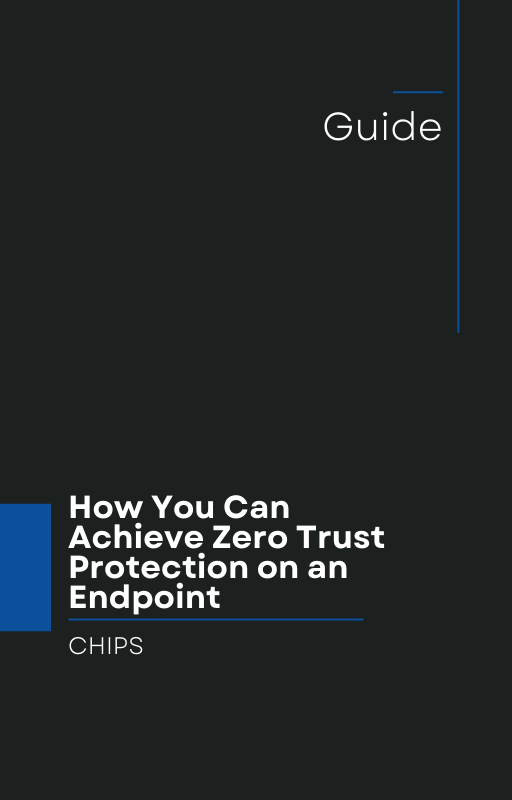A recent Help Net Security article exposed a sobering trend that should alarm every business relying on managed service providers (MSPs): attackers successfully breached an MSP and weaponized its remote monitoring and management (RMM) software to deliver ransomware across multiple client environments.
This breach underscores a growing challenge in cybersecurity: when trusted IT tools and vendors are compromised, the ripple effects can be devastating. Even companies with solid security policies may find themselves vulnerable simply because their trusted MSP was compromised.
Let’s break down what happened—and more importantly, what must change.
The Breach: Weaponizing Trust
According to the article, attackers infiltrated an MSP and took control of its RMM platform, a common tool used to manage client systems remotely. With access to these trusted tools, the attackers were able to push ransomware directly to client endpoints—essentially turning the MSP into an unintentional delivery system for cybercrime.
These attacks weren’t caused by sophisticated zero-day exploits. Instead, they succeeded because cybercriminals used trusted channels to bypass defenses. RMM software, once compromised, becomes an ideal backdoor: it’s already on every client endpoint, already has full access, and is unlikely to trigger alarms when it acts.
“Detect and Respond” Isn’t Enough Anymore
This breach is another wake-up call for any organization relying solely on traditional “detect and respond” strategies. Detection-based tools like antivirus software and endpoint detection and response (EDR) systems are reactive by nature. They attempt to identify malicious activity based on known behaviors or signatures. But in this case, nothing appeared unusual at first—the ransomware came from a trusted source.
By the time the ransomware began encrypting files, it was too late.
This is where the detect-and-respond model breaks down. If ransomware is executed using legitimate software that your systems already trust, there’s little time to respond. The assumption that detection will occur before damage is done is increasingly unrealistic.
The Case for “Isolation and Containment”
To prevent this type of damage, we must shift from reactive defense to proactive prevention. That means isolating applications and containing activity before it has a chance to do harm—whether it’s coming from a hacker or a trusted partner’s compromised tool.
This is the foundation of AppGuard’s approach. Rather than trying to detect every threat, AppGuard enforces strict containment policies that stop malicious actions from ever executing—even if initiated through trusted software like an RMM tool.
AppGuard sits quietly at the endpoint, isolating processes, blocking unauthorized behaviors, and ensuring malware can’t detonate, spread, or encrypt files—without needing constant updates, patches, or signature-based detection.
It’s how AppGuard has maintained a 10-year track record of success in critical environments where failure simply isn’t an option.
Real-World Prevention, Not Hindsight
In incidents like this MSP breach, AppGuard would have prevented the ransomware payload from executing, regardless of how it arrived—via email, drive-by download, or in this case, from a compromised RMM platform.
Had the clients in this story deployed AppGuard, their endpoints would have remained protected even after the trusted tool was hijacked. That’s the power of prevention-first design.
A Call to Business Leaders and IT Decision-Makers
Cybercriminals continue to find ways to exploit the systems we trust most. The latest ransomware campaign delivered through an MSP’s own software is just one example.
It’s time for business owners, IT managers, and MSPs themselves to rethink endpoint protection.
Detection isn’t enough. You need isolation. You need containment. You need AppGuard.
Talk to us at CHIPS today to learn how AppGuard can safeguard your business from the next supply chain cyberattack—before it ever gets a chance to strike.
Let’s move from “Detect and Respond” to “Isolation and Containment.”
Let’s prevent the breach—before it happens.
Like this article? Please share it with others!

July 30, 2025

Comments